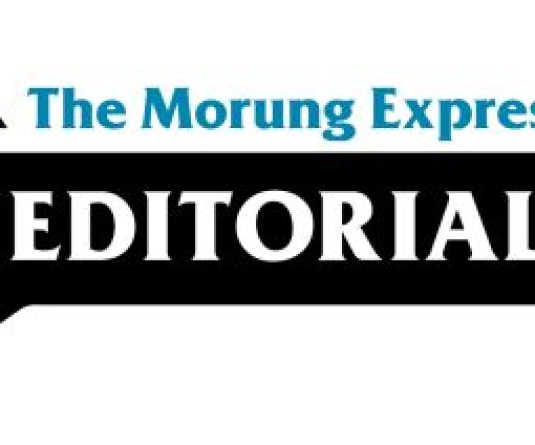
By - Moa Jamir
The proceedings before the Gauhati High Court Kohima Bench on National Highways 29 and 2, taken up as suo motu Public Interest Litigations, continue to reveal a disturbing pattern:the apparent administrative lethargy, particularly on the part of the State Government respondents. Despite repeated directions, affidavits are filed late or not at all, while works on the ground drag.
Take NH-29. The erosion threat at the Chathe River has been a live issue since September last year when part of the highway was washed away. Another collapse in June this year underlined the urgency of widening the riverbank. Yet on July 16, the Court was told the Nagaland Commissioner had still not filed the required affidavit despite multiple reminders. The Amicus Curiae, echoing earlier instances, said the State seemed to be “sleeping” on the matter.
During the same hearing, the Authority Engineer for NHIDCL informed the Court that compensation payments for both land acquisition and pipeline shifting had already been deposited with the Deputy Commissioner, Chümoukedima. An expert committee had submitted its report with cost estimates, and tenders had been initiated. Yet, the two PHED pipelines critical to expansion remained unmoved. With money released, plans in place, but no action on the ground, the Court directed the State Chief Secretary’s intervention in coordinating the line department and file an affidavit.
Meanwhile, the Commissioner defended the administration approach with a press clarification on July 18 listing surveys, approvals, NOCs, and compensation payments in a detailed chronology. On paper, due diligence seemed complete. Nearly a month after, the PHED pipelines remained in place.
Matters came to a head again on August 13, when the Amicus Curiae informed the Division Bench that he had received the compliance affidavits from the State’s respondents only “just now” and sought a week to examine them. The timing conveyed not urgency but complacency, suggesting that the State was content to scrape through deadlines with last-minute filings.
The story is no different on NH-2. A 100-metre stretch of road near Kisama collapsed in June. On June 26, the Court directed a land acquisition process and a concrete restoration plan. Nearly seven weeks later, at the August 13 hearing, the State’s counsel was still asking for more time. NHIDCL too had failed to produce a time-bound action plan.
This cycle of delay and excuses has a familiar rhythm: directions are issued, affidavits are delayed, clarifications are offered, deadlines are missed, and the Court is left to repeat itself. The “slumber syndrome” flagged by the Amicus Curiae in both cases is no longer a rhetorical jab but an apt description of the State’s approach.
It must be underscored that highways are not academic exercises in file-pushing but vital lifelines that carry daily commuters, goods, and essential services. Any administrative inaction or lethargy therefore has direct public consequences. Admittedly, there are challenges, both natural and human-made, but these cannot excuse the persistent inaction.
If the State Government is serious about countering the perception of lethargy, it must translate assurances into tangible progress. Timely compliance reports, coupled with active monitoring and facilitation, are central to this process. Anything less will only reinforce the perception that Nagaland’s government machinery is indeed asleep at the wheel.
For any feedback, drop a line to jamir.moa@gmail.com





